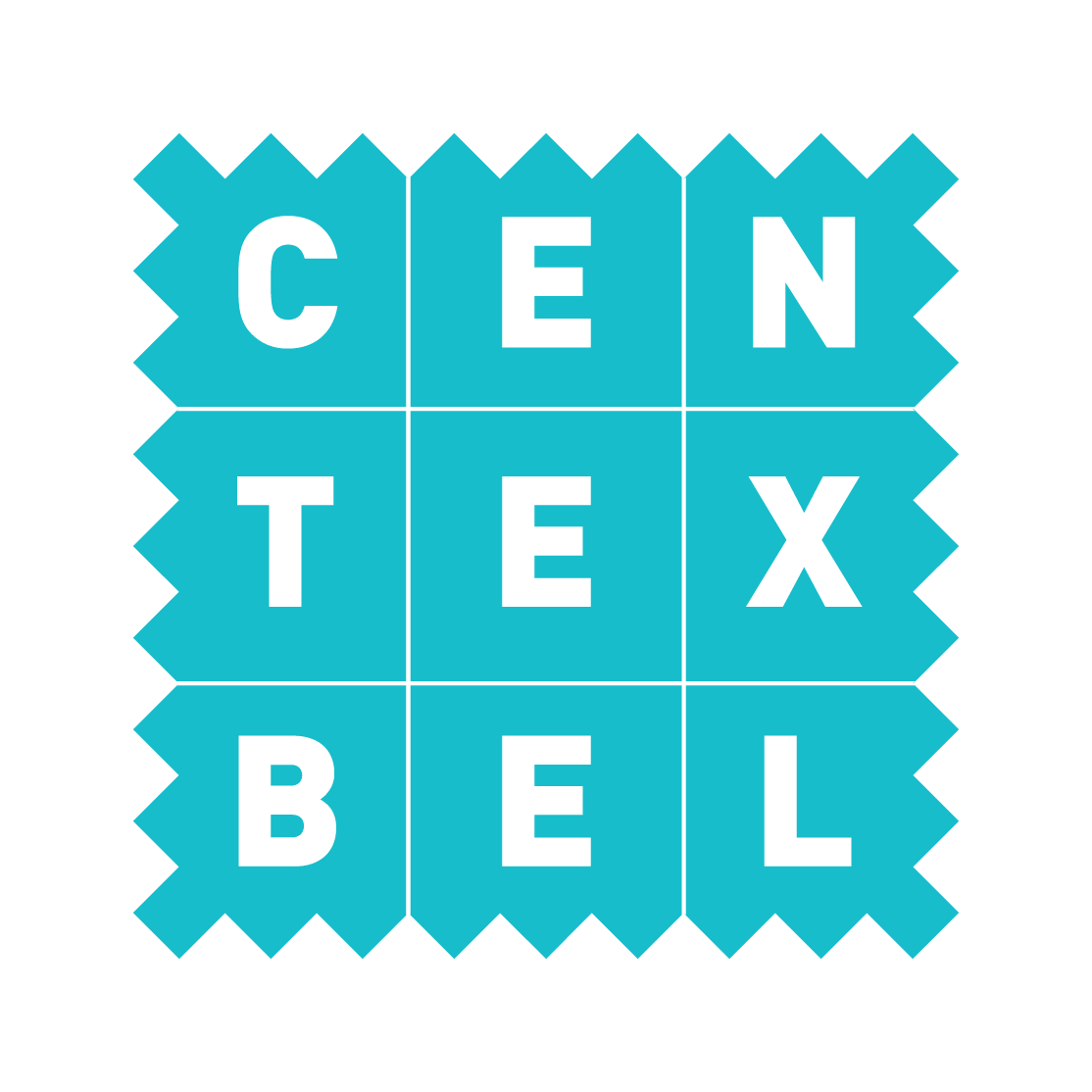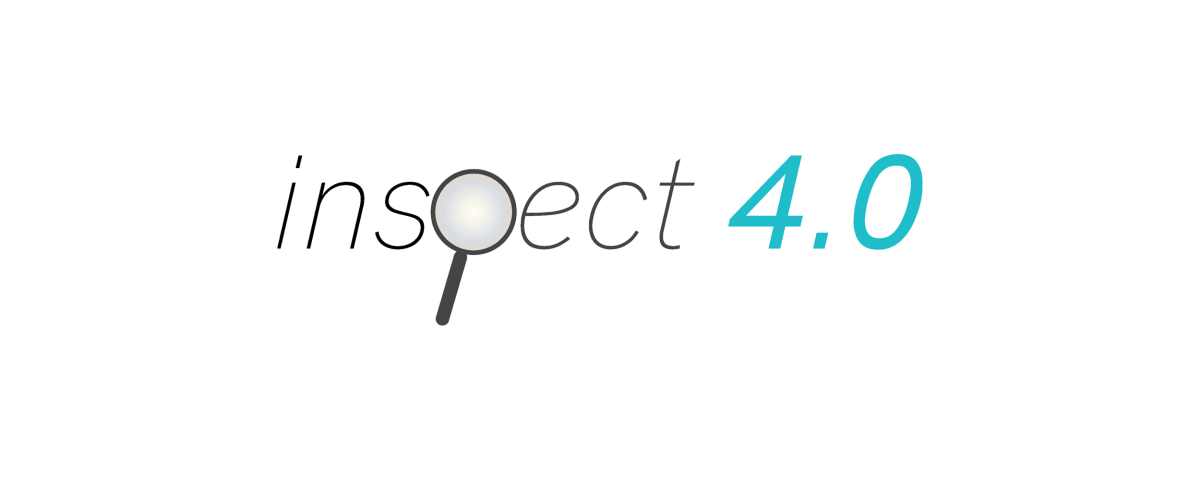
Automatic quality control through inspection techniques
As a production company, it has always been important to consistently produce and guarantee a high quality product. With the project Inspect 4.0, InViLab, a research group at the University of Antwerp, and Centexbel, the Belgian textile competence centre, will develop and test the very latest inspection techniques to make quality control even stronger and cheaper.
USING THE NEW POSSIBILITIES OF MACHINE VISION AND MACHINE LEARNING, FLEXIBLE AND ACCURATE QUALITY INSPECTION SYSTEMS WILL BE DEVELOPED.
The technical textile sector plays an important role in the global textile industry; in 2018, the Belgian textile sector realized a turnover of €6.1 billion, of which €2.2 billion was realized by the technical textiles segment, with 7,600 employees. As competition from lower-wage countries increases, it becomes more and more important for Belgian textile producers and finishers to consistently guarantee a high-quality product.
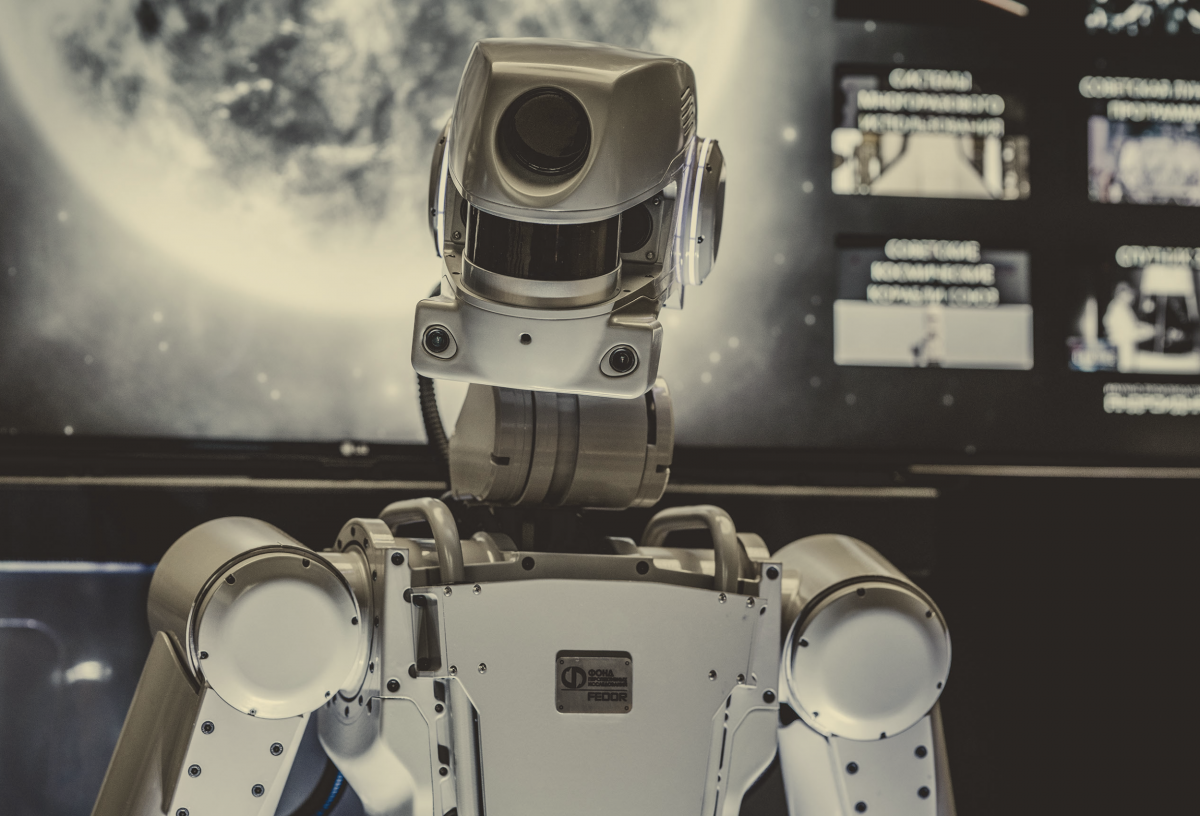
Challenges for the industry
For bare, woven textiles, inspection has historically been performed by people, watching rolls of textile pass over a light table, and manually flagging imperfections. The thickness of coated textile was typically determined via radioactive sources. As both methods present problems, (inspection by humans is time consuming and imprecise, inspection by radioactive sources is being legally phased out) a transition to automated inspection is taking place.
This typically makes use of different cameras, coupled with libraries of textile defects, to alert the user when something has gone wrong. The project Inspect 4.0 seeks to help realize this transition, by illuminating and illustrating the benefits of such systems.
Solutions
The aim of Inspect 4.0 is to demonstrate how machine learning and machine vision are combined to produce flexible and accurate quality inspection systems, which can be deployed in a range of textile manufacturing setups. In Inspect 4.0 machine vision is seen as a combination of camera systems that use the wavelength spectrum of electromagnetic waves between the UV and long wave infrared spectrum, (250 nm – 140 µm) complemented with extensive data analysis.
The combination of different camera systems can be used to replace and/or enhance existing quality inspection systems, easing the transition to more automated textile inspection. The data analysis will be used for a machine learning system allowing for the detection of errors. Once the illustrative system is set up, investigations will be made into the possibility of incorporating the machine into a broader predictive maintenance framework.
Follow-up proposal
During the webinar of December 4th, Centexbel and Antwerp University presented their joint proposal for a Follow-up project, called DATEX (Detection of Anomalies in TEXtile prints and designs)
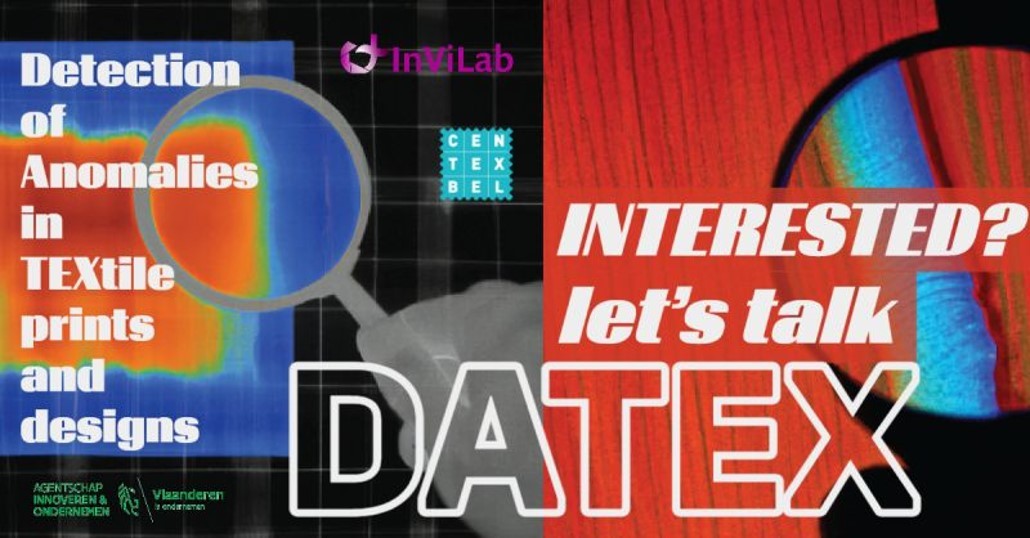
Detection of Anomalies in TEXtile prints and designs (DATEX)
The aim of DATEX is to demonstrate how machine learning and machine vision are combined to produce flexible and accurate quality inspection systems, which can be deployed in a range of textile manufacturing setups. In DATEX machine vision is seen as a combination of camera systems that use the wavelength spectrum of electromagnetic waves between the UV and long wave infrared spectrum, (250 nm-140 µm) complemented with extensive data analysis. The combination of different camera systems can be used to replace and/or enhance existing quality inspection systems, easing the transition to more automated textile inspection. The data analysis will be used for a machine learning system allowing for the detection of anomalies and errors in coated/laminated products, prints and designs. Once the illustrative system is set up, investigations will be made into the possibility of incorporating the machine into a broader predictive maintenance framework.
Reports & Results
After filling in your coordinates and selecting the document(s) you would like to consult, you will be directed to a webpage where you can download the desired file(s).
Please consult our
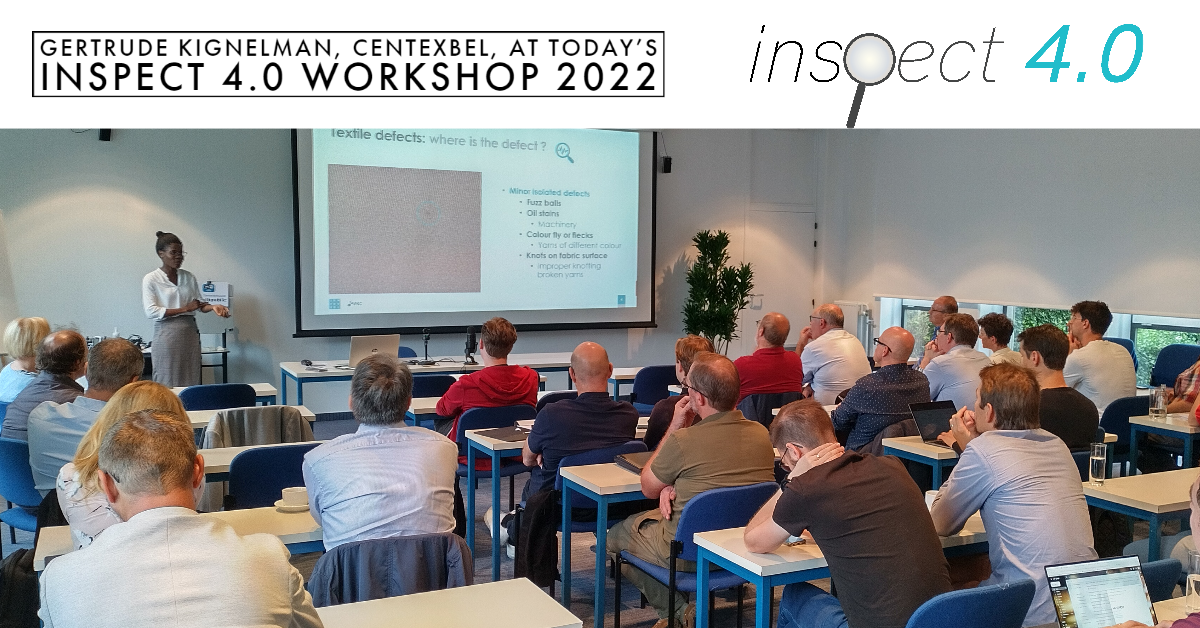
Workshop 9/9/2022
You can download the presentations after filling in and submitting below form.
Please, select the presentations you would like to consult.
Project managers
Sander De Vrieze
Consultant Intellectual Property & Yarn Engineering
svr@centexbel.be
+32 489 447 592
+32 9 243 82 13
Gertrude Kignelman
Researcher "Textile Functionalisation & Surface Modification"
gki@centexbel.be
+32 9 243 82 54
+32 478 700 678
Prof.dr.ir. Gunther Steenackers
InViLab, University of Antwerp, Campus Groenenborger
gunther.steenackers@uantwerpen.be
+32 3 265 19 08
Project financing

TETRA Project financed by VLAIO
Tetra is a programme for practice-based research by universities of applied sciences and integrated training in universities for enterprises and non-profit organisations.
